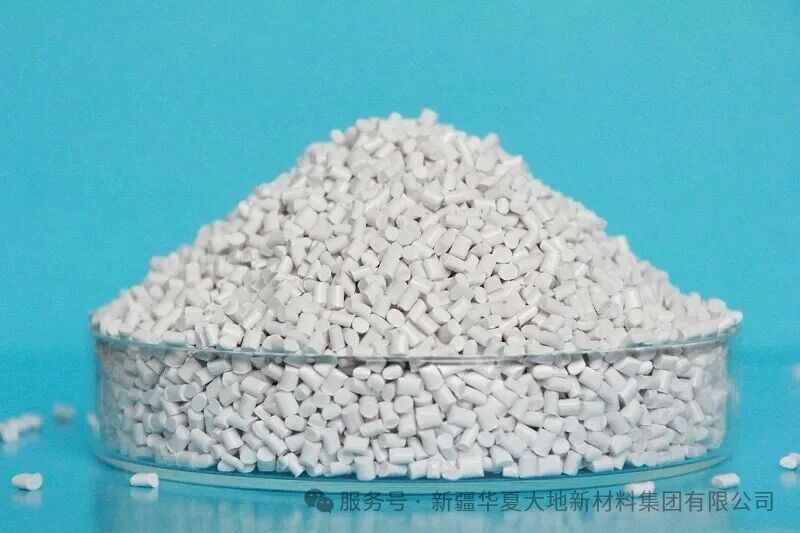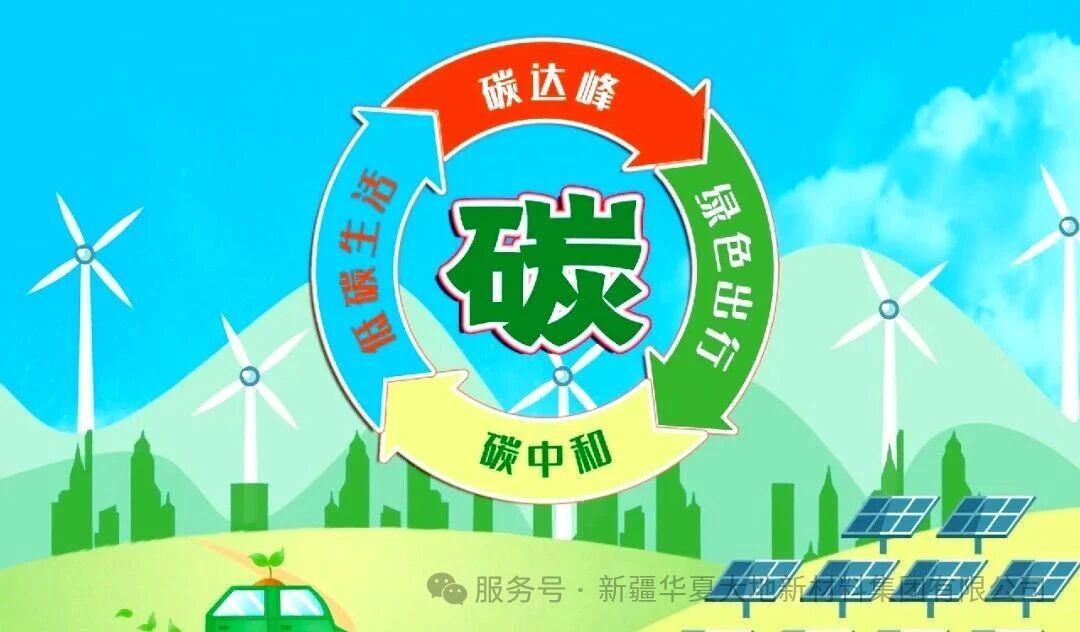On June 26th, TotalEnergies Corbion released the results of a brand-new PLA life cycle assessment (LCA), highlighting significant progress in the field of low-carbon bioplastics.
The latest released white paper and related materials show that the carbon footprint of Luminy PLA is up to 85% lower than that of traditional plastics. If 30% recycled materials are used, carbon neutrality can be achieved; if 100% recycled materials are used, a negative carbon footprint can even be achieved.
Native PLA plastic: carbon footprint is only 0.29 kg CO2-eq/kg → 85% lower than traditional plastics
30% recycled PLA: Carbon footprint 0.01 kg CO2-eq/kg → Achieving carbon neutrality
100% recycled PLA: Carbon footprint -0.65 kg CO2-eq/kg → World's first "negative carbon plastic"
What does this mean?
This means that each ton of 100% recycled PLA can absorb 0.65 tons of CO2, which is approximately equivalent to the carbon absorption of 318 pine trees in a year (assuming each tree absorbs 2.04 kilograms of carbon annually).
When PM2.5 levels soar during the smog season in Beijing, if all the milk tea cups in the city were made of 100% recycled PLA, it would be equivalent to adding 24,000 trees - more than the total number of trees in the Olympic Forest Park. (According to the 2024 "China Urban Green Lung Report")
This third-party verified life cycle assessment (LCA) utilized production data from TotalEnergies Corbion's Thailand factory for 2024 and was conducted in accordance with ISO 14040/14044/14067 standards. It quantified environmental impacts in 16 key categories based on the EU's Environmental Footprint (EF) method, covering both virgin PLA derived from sugarcane and recycled PLA from post-consumer and post-industrial waste.
This new life cycle assessment demonstrates that polylactic acid can play a key role in building a circular bioeconomy - it is a bio-based plastic, suitable for industrial composting and recyclable.








